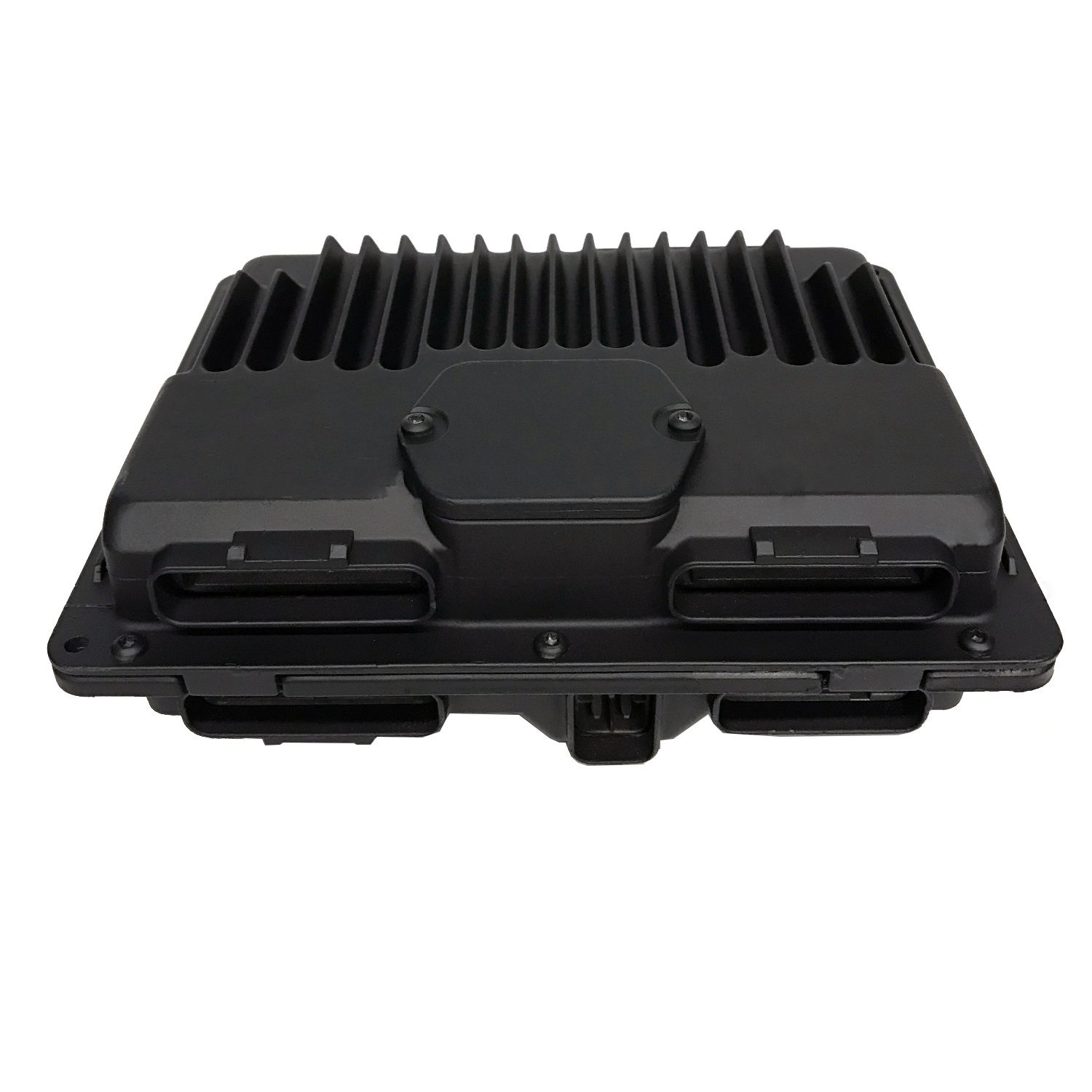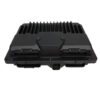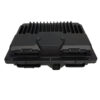Is Your GM Truck or Van Running Rough? The PCM Might Be the Culprit.
If you’re experiencing baffling issues like stalling, erratic shifting, a persistent check engine light, or a no-start condition in your late 90s or early 2000s GM vehicle, the problem might lie with the very brain of your engine: the Powertrain Control Module (PCM). This vital component, also known as the Engine Control Module (ECM), is responsible for managing everything from fuel injection and spark timing to transmission shift points and emissions controls. When it fails, it can cause a cascade of problems that are often difficult to diagnose.
This replacement PCM, service number 16265035, is the definitive solution for restoring your vehicle’s performance and reliability. It’s not just a part; it’s a plug-and-play fix that arrives at your door pre-programmed with the latest GM factory software, specifically calibrated to your vehicle’s unique Vehicle Identification Number (VIN). This eliminates the need for expensive dealership programming and ensures your engine and transmission operate exactly as the manufacturer intended.
From the Diagnostic Bay
We once had a 1999 Chevy Blazer come in that had its owner completely stumped. The truck would randomly stall at stoplights and had a harsh 1-2 shift. The owner had replaced the fuel pump, ignition control module, and multiple sensors, but the problem persisted. After hooking up our professional scan tool, we noticed erratic data coming from the PCM—specifically, the injector pulse width was jumping all over the place. A visual inspection of the original PCM revealed no obvious damage, but experience told us the internal processor was failing intermittently. We installed a VIN-programmed module just like this one, performed the security relearn procedure, and the Blazer ran like new. It’s a classic case of chasing symptoms when the root cause is the central computer itself.
Symptoms of a Failing GM PCM
- ✔ Check Engine Light is on with communication error codes (e.g., U-codes) or multiple, unrelated sensor codes.
- ✔ Your vehicle fails to start or stalls intermittently for no apparent reason.
- ✔ Harsh or erratic automatic transmission shifting, or getting stuck in one gear (limp mode).
- ✔ A noticeable decrease in fuel economy and poor engine performance, including hesitation or misfires.
- ✔ Inconsistent or non-functional gauges on your instrument cluster.
- ✔ Failure to pass an emissions test due to readiness monitors not setting.
The Importance of VIN Programming for Your 1998-2000 S10 PCM
Unlike a simple sensor, a PCM is not a one-size-fits-all component. Every vehicle has specific parameters based on its engine, transmission, emissions equipment, and even tire size. Our process ensures this module is a perfect match. When you provide your VIN, we flash the unit with the correct GM calibration file. This critical step ensures that all systems communicate correctly, from the anti-lock brakes (ABS) to the security system (Passlock/VATS). Installing a non-programmed module from a salvage yard will almost certainly result in a no-start condition and a host of communication errors.
This module is a direct replacement for multiple part numbers, including 16263494, 16265035, 8162634940, and 218-11787. Please verify your original part number or consult our extensive fitment list below to confirm compatibility with your Chevrolet, GMC, Isuzu, or Oldsmobile truck, van, or SUV.
Frequently Asked Questions
Do I need to do anything after installing this PCM?
Yes. After installation, you will likely need to perform a security relearn procedure, often called a CASE (Crankshaft Angle Sensor Error) relearn or VATS relearn. This can typically be done without special tools and involves a sequence of key cycles. Instructions are widely available online for your specific model, or you can consult a service manual. This syncs the new PCM with your vehicle’s anti-theft system.
How do I provide my VIN number?
After you complete your purchase, you will receive instructions on how to send us your vehicle’s 17-digit VIN. We cannot program and ship your module without it, so please provide it promptly to avoid delays.
Is this a simple plug-and-play installation?
Physically, yes. The module is typically located in the engine bay and is held in by a few bolts with several large electrical connectors. The installation involves disconnecting the battery, swapping the modules, and reconnecting the battery. The only additional step is the security relearn procedure mentioned above.
Will this fix my check engine light?
If the check engine light is caused by a faulty PCM, then yes, this part will resolve the issue. However, it’s crucial to ensure other potential problems (like bad sensors or wiring) have been properly diagnosed and ruled out. This module will not fix issues caused by other faulty components on the vehicle.
What causes a PCM to fail?
PCM failure can be caused by several factors, including excessive heat and vibration from the engine bay, electrical shorts from faulty wiring or components, voltage spikes from improper jump-starting, and internal component degradation over time.


